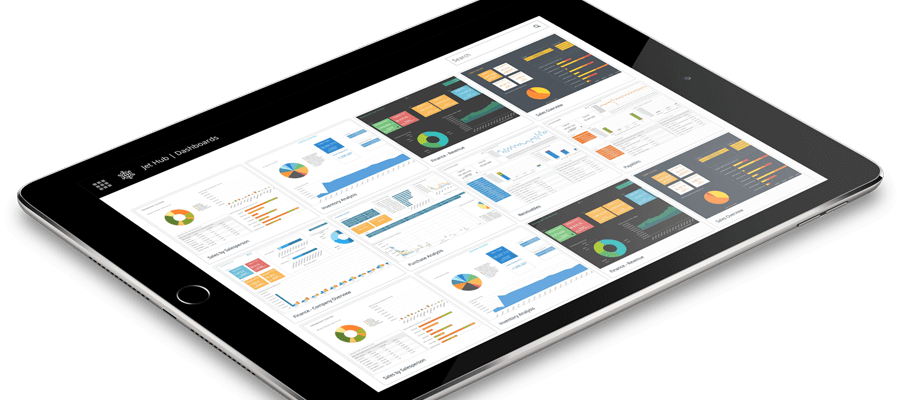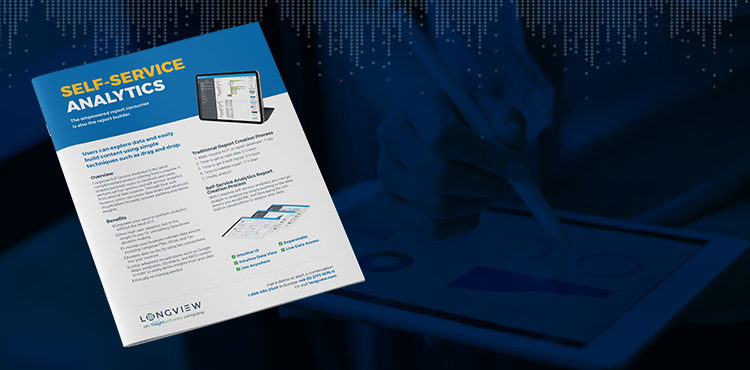The Analytics Maturity Model: Five Levels of Capabilities

Do the analytics in your application make you stand out from the crowd? If all you’re offering is dashboards and reporting, then probably not.
The past five or so years have seen some big milestones in embedded analytics. Where users used to be thrilled to get basic dashboards and reports in their applications, over time, much more modern capabilities have emerged. That means those basic requirements are no longer enough to differentiate your application.
At Logi, we believe users will continue demanding deeper, more sophisticated analytics capabilities. That’s why we developed the Analytics Maturity Model to represent the various analytics implementations we’ve observed in thousands of customer applications.
A Range of Capabilities: From Basic Dashboards to Sophisticated Analytics
Five years ago, companies began with a simple standalone analytics instance (Level 0 on the Analytics Maturity Model here). But the relationship between applications and analytics has gradually tightened by adding single sign-on security, co-presentation of content, and eventually workflow integration. Over time, the baseline requirements have shifted to—at a minimum—offering analytics in context of other applications.
Lately, the ceiling is rising even higher as companies are empowering end users with self-service data exploration capabilities inside primary applications. Frank Melander, a partner at Bringsight says, “Our customers’ end-users want to build reports, not just consume them. Because we’ve embedded the self-services analytics tools where needed – not as separate solutions – we see higher user adoption.”
Of course, not every application needs sophisticated capabilities embedded at a deep level. But the biggest opportunities for revenue and differentiation will be found at Levels 3 and 4 of the Analytics Maturity Model. Why? Because the further you advance on the Analytics Maturity Model, the more value you can add to your software application.
A recent survey of over 500 product managers, software developers, and other members of application teams found that the more deeply a company embeds analytics—and the more sophisticated analytics capabilities they offer—the greater the likelihood they can charge a premium for those features.
That may be one reason more companies than ever are advancing the analytics capabilities in their applications. We asked companies about their current levels of embedding and their intent to either remain at the same level, move across the maturity model, or even eliminate some features. Most intend to add new capabilities and features (other than those at Level 4, where there’s currently no room for advancement). Those at Level 1 have the most interest in advancing to Level 2, which will move analytics inline and co-present dashboards without the need for a new tab or another login.
We’re happy to see companies are embedding analytics with the future in mind. Levels 1 and 2 may come with some improvements in the user experience, but it’s only a matter of time before end users demand more advanced features. Levels 3 and 4 go a long way toward future-proofing your embedded analytics—and for ISVs, the sophisticated capabilities at these levels are much easier to charge a premium for compared to the capabilities at Level 0, 1, or 2.

